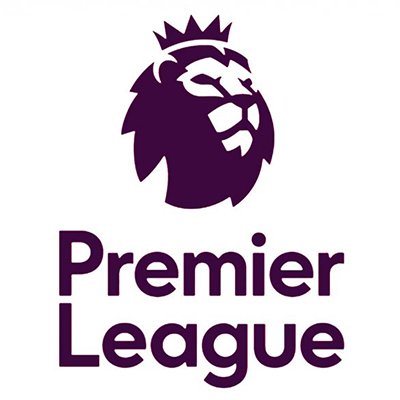The sustained fall in price of banking stocks continues to reflect investors sentiments (fear) towards the sub-sector, as central-bank and government reform policies which for years lifted asset prices, are now hurting them; and in some cases, created disruptions.
The impact of economic reforms and policy positions will be revealed in the next few weeks when the banks begin reporting their earnings for Q! 2016.
From feelers thus far, trading revenue is expected to take a hit, if not profit margins; but the more enduring problem will be the level of impairment charges each bank will have to take relative to their total risks which has been estimated to be about 10% to 15% of Total Assets on the average.
.jpg)
Deductions from recent audited reports of a few of the banks presented so far indicates an average turnover growth (as at April 12th 2015) stood at 12% and profit margin of16% with an attendant surge in impairment charges and bad loans. Though, the NPL ratio remains impressive at average of 2.9% so far.
About half of the banks are yet to present their Q4’15 earnings reports, even after the expired grace periods. Skyebank Plc is among this group that are yet to present their earnings report, moreso when the delay this time, came along with a profit warning.
We take that warning serious
The profit warning by Skyebank, read along with a performance trend analysis for the bank and group up the year 2015 would provide the evidence for caution and a basis for the negative sentiment driving an expected loss declaration or significant hit / plunge in its bottom-line.
From analysis, the sustained growth pattern in impairment charges coupled with continued growth in both interest and operating expenses would remain a key burden on the profitability posture of the bank.
.jpg)
The bank had noted in its profit warning that the growing bad loans in Oil & Gas and Real Estate sectors had hit its operations considerably. This admission must come as no surprise for beyond battling with trading revenues that will certainly take a hit; its expensive acquisition of Mainstreet Bank must have driven up the operating expenses as suggested by the bloated posture of cost-to-income ratio at above 70% as at Q3’15. It should be interesting to see how much of the bank’s non-core assets are post acquisition and where the value of the acquisition is to the group at a time like this.
.jpg)
Also, the sector experienced a regime of high cost of funds in a distressed economy; coupled with the twin issues of loss of revenue from public sector funds, fines and integration costs on the one hand and a real estate market in a flux.
The bank will have to deal with its significant exposure to an elongated commodities-price slump that has sparked defaults for it in the Oil & Gas, Power and Real Estate sector(s).
We envisage that 26% of total loan portfolio in Q3’15 was in Oil and Gas while the same troubled sector owns 28% of total non-performing loans (bad debts) as revealed in its Q3’15.
The challenge for the bank, as for virtually all the banks in this risk adjustment crisis must relate to how they treat/recognise the underlying assets that collaterised both the loan and the cashflows thereon. We understand that these issue involves the central bank of Nigeria, the auditors and understandably, the financial reporting council. Some banks, including tier 1 banks have a lot riding on the resolution and perhaps the reason for the delay.
We opine therefore that we remain bearish towards the stock in near term, and encourage investors to brace up for the possibility of a significant charge/PAT loss from the bank. The principle of prudence appears to guide market’s position to already discount this possibility significantly.




 Premier League
Premier League